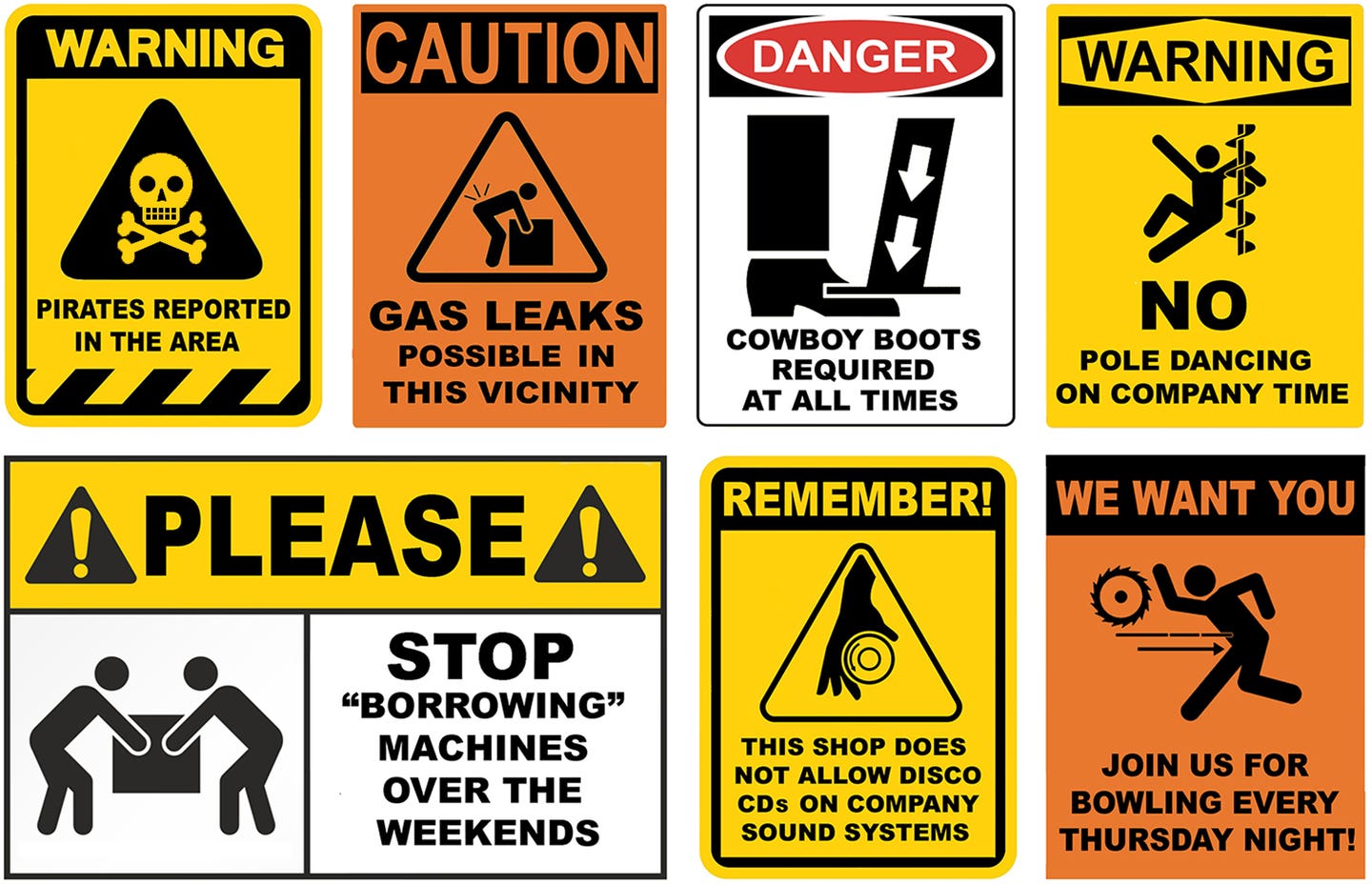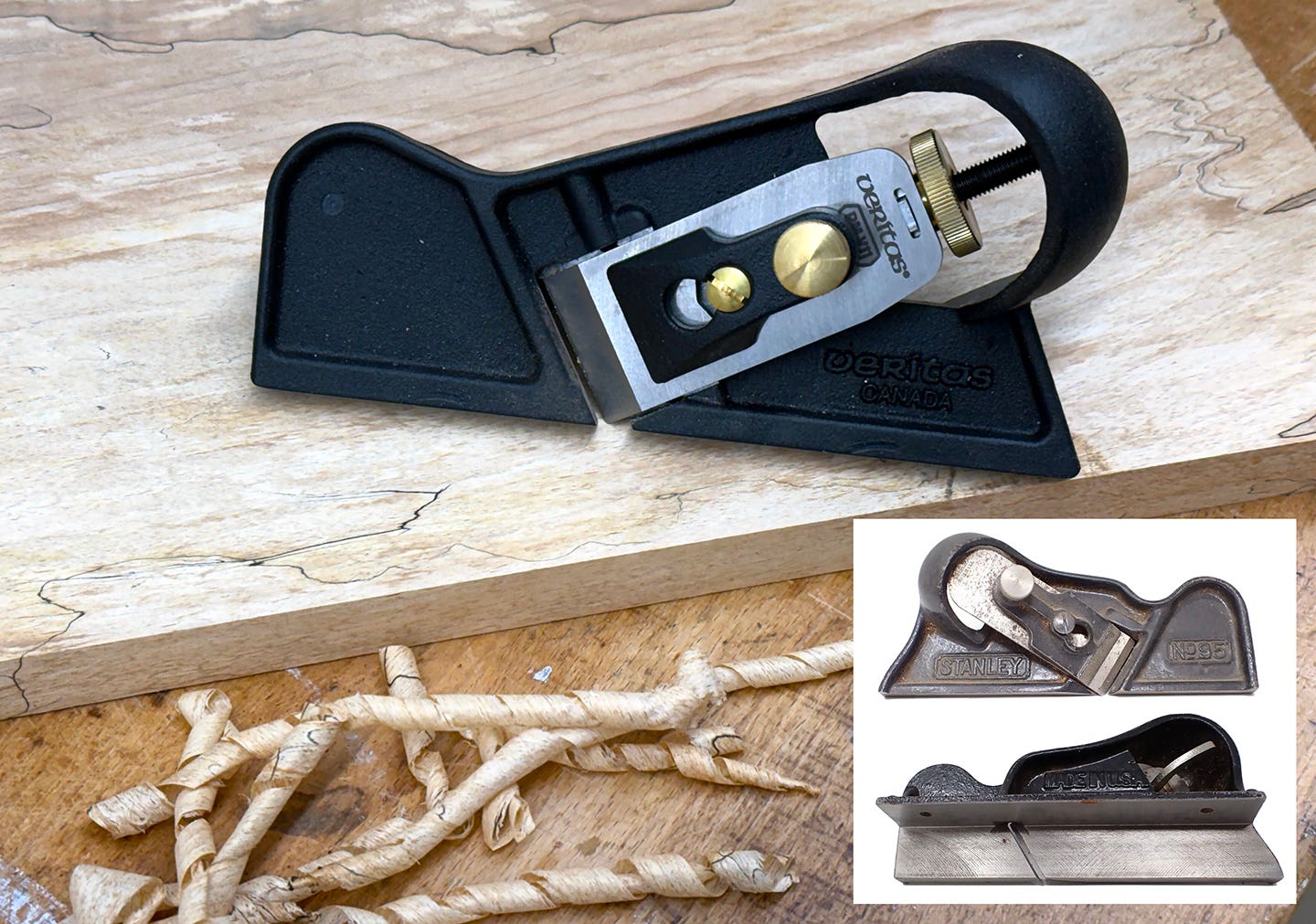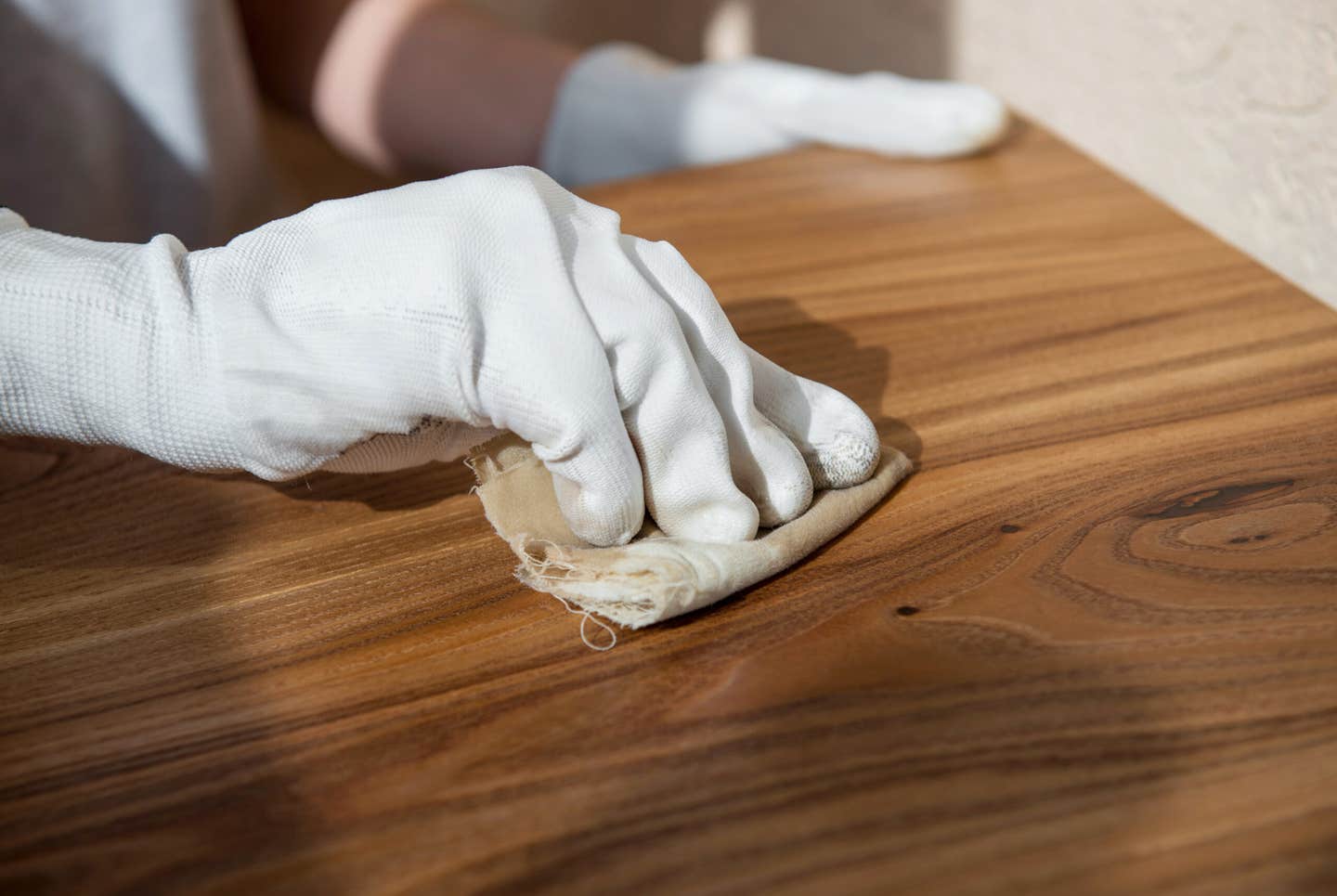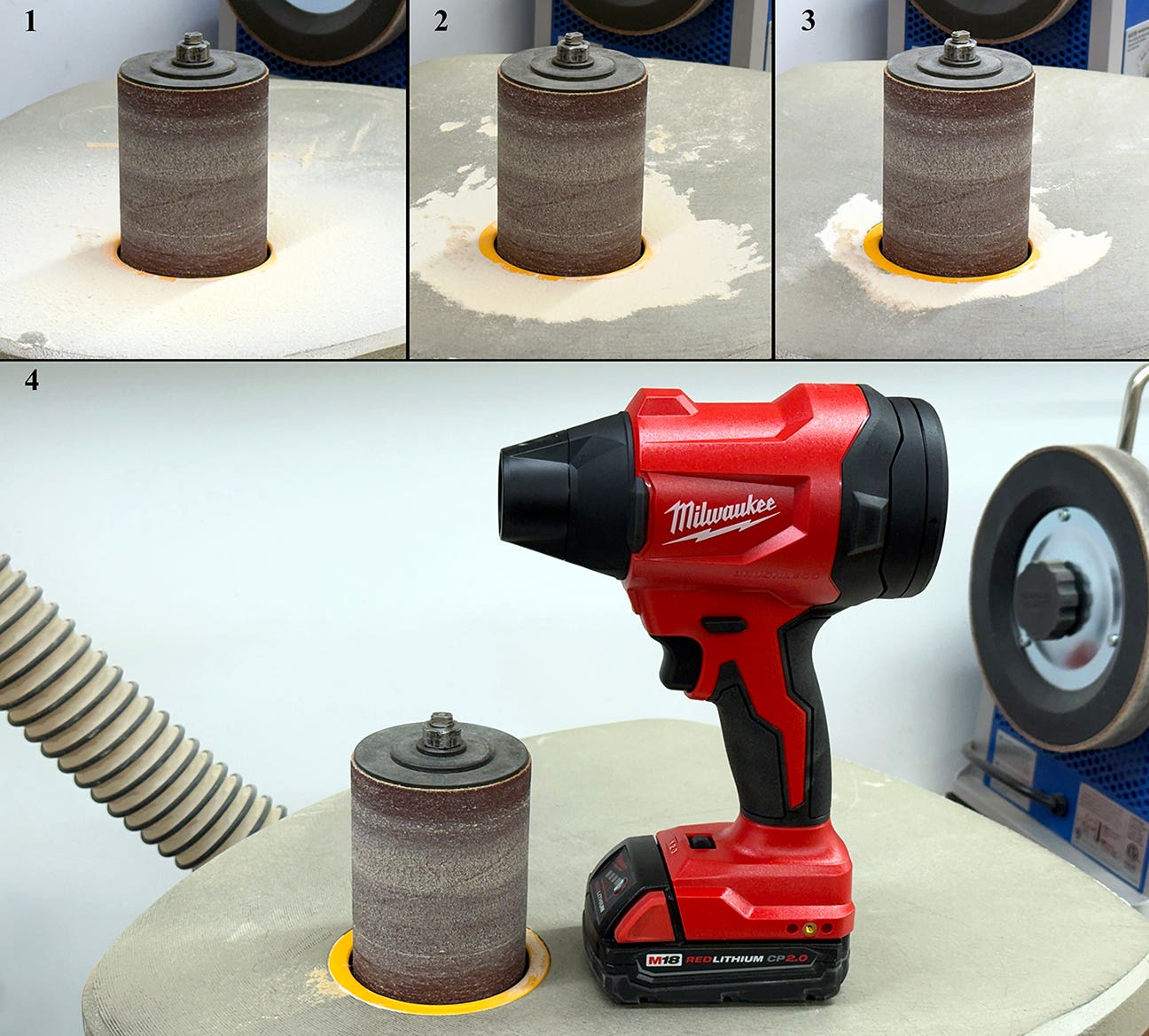Current reading indicates that entertainment centers are still pretty much in demand. And to date, no one, me included, has come up with a better name for them. I have…
Current reading indicates that entertainment centers are still pretty much in demand. And to date, no one, me included, has come up with a better name for them. I have built a lot of entertainment centers over the years and I still get calls for them. I would have thought that the "mainstreaming" of the former "holy grail" of interior design, the wall-mounted flat screen TV, combined with the continued shrinking of electronic components and the integration of the home computer, would have been the last few nails in the coffin of the typically behemoth installations known as "entertainment centers."
But apparently not. Instead of feeling relief at the idea of not having to give over a huge volume of cubic feet of living or family room to housing their enormous projection TV sets and racks of bulky electronics, people still seem to want these cabinets in their houses.
Being a minimalist, I couldn't wait to get rid on my 28" deep TV in favor of a panel that only demanded six inches of depth. And all that equipment has been replaced by a couple of very small pieces that do an admirable job of filling my living room with thunderous car crash and explosion sounds.
I have gone to great lengths to design units that minimize the impact on the living space. On one job, we designed a "wart" that was grafted onto the outside of the wall to create a recess where the electronics were going to live so that everything could be accommodated without having to project more than a few inches into the room. And on another job, we actually built a false wall two and a half feet from the back wall of the room to avoid having to build free standing cabinets so big that they would overwhelm the room. Even though the false wall reduced the depth of the room by almost three feet, the visual impact was less than freestanding units would have been.
But not everyone is interested in these creative solutions. One recent customer told me that they would rather lose the living space than the patch of the already too small yard that would be needed for a bump-out. And few people want to have a smaller looking family room. Even though the cabinetry would totally overwhelm the room, the last people I suggested this to insisted on maintaining a line of sight to the wall/ceiling intersection above the entertainment center that would convey the actual size of the room.
At this point in time, I'm not turning away any work. So if people still want to fill their living space with "in your face" casework, I'm going to build it for them. It would seem that the economic fright we have just been through (and are still going through) has not done much to dissipate the idea that "more is better."
D.D.
David DeCristoforo possesses an extensive resume as designer/maker of fine furniture, high-end cabinetry and architectural woodwork. His experience in professional woodworking spans a period of 35 years. For the past 20 years David DeCristoforo Design has been located in Woodland, California. During this time David's shop has ranged in scope from a "full on" cabinet production shop with as many as 15 employees to a small fine furniture and custom millwork shop, working with his son, David RBJ, a highly skilled maker in his own right.







